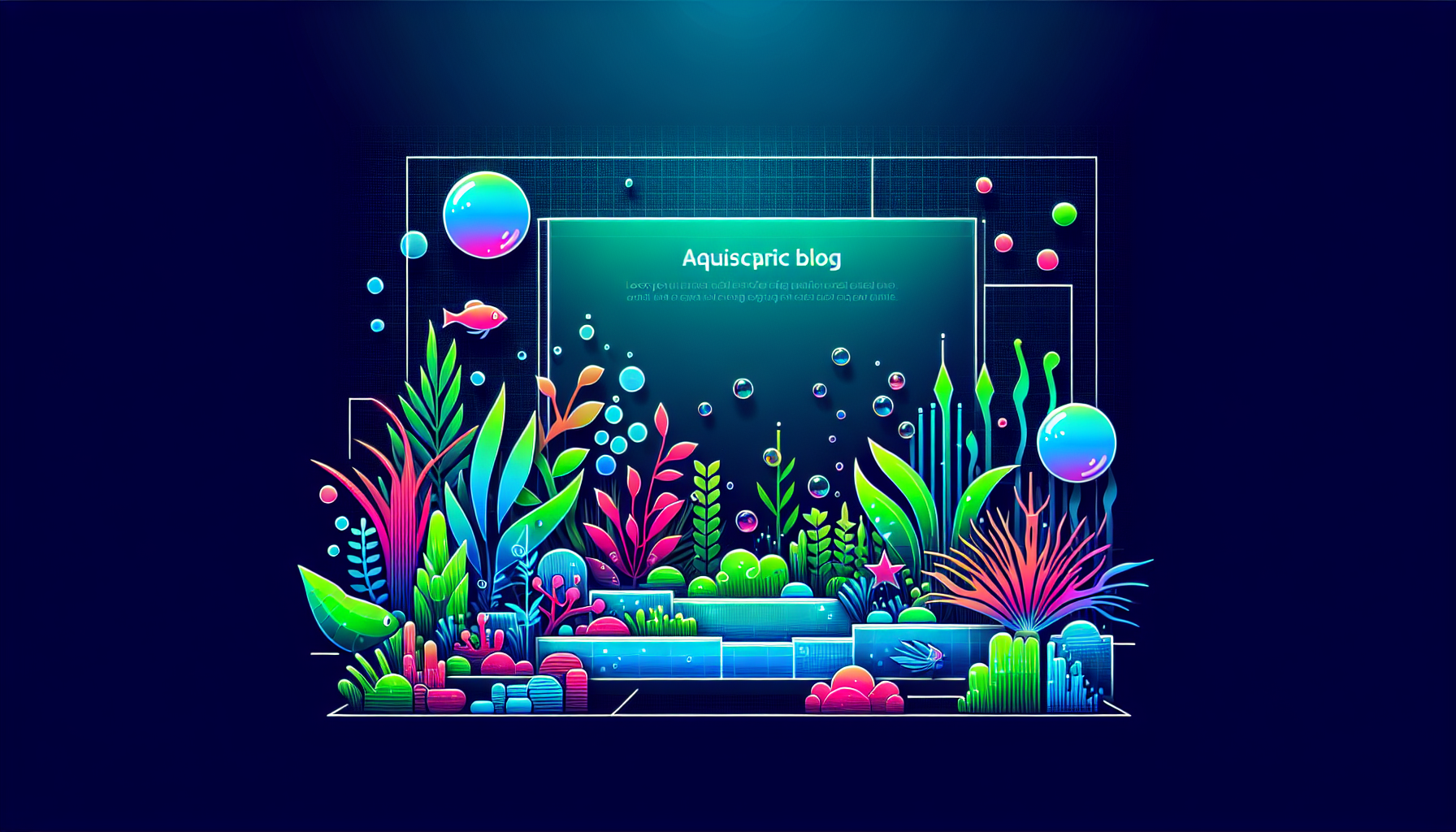The Ultimate Beginner’s Guide to Aquascaping: Tips, Ideas & Step-by-Step Instructions
Dreaming of creating a lush underwater landscape in your aquarium? Whether you’re new to the hobby or looking to refine your skills, this beginner’s guide to aquascaping will walk you through everything you need to know. From planning and designing your first aquascape to selecting the right plants and substrate, we’ve got expert tips and inspiration to get you started!
What Is Aquascaping?
Aquascaping is the art of arranging aquatic plants, rocks, driftwood, and other natural elements in an aquarium to create visually stunning underwater gardens. More than just decorating a tank, aquascaping combines creativity, biology, and design principles to produce beautiful, healthy environments for fish and invertebrates.
Why Start Aquascaping?
- Healthier Environment: Live plants help filter water, reduce algae, and provide oxygen for your aquatic pets.
- Stress Relief: Watching a well-designed aquascape is relaxing and soothing.
- Creative Outlet: You get to express personal style through different layouts and plant selections.
- Improved Aquarium Experience: Both fish and hobbyists thrive in a well-thought-out aquascape.
Basic Elements of Aquascaping
Every aquascape is built upon several fundamental elements:
- Hardscape: Rocks, driftwood, and other structures that form the aquarium’s framework.
- Substrate: The material covering the aquarium bottom—gravel, sand, or specialized soils for plant growth.
- Aquatic Plants: A variety of foreground, midground, and background plants for depth and texture.
- Water Parameters: Ensuring correct lighting, temperature, CO2, and nutrients for healthy growth.
Popular Aquascaping Styles
There are several distinct aquascaping styles to inspire your first layout:
Nature Aquarium Style
Originated by Takashi Amano, this naturalistic style mimics landscapes like forests or mountainscapes using rocks, driftwood, and a variety of plants.
Iwagumi
A minimalist Japanese style using a small number of carefully arranged stones and a carpet of low-growing plants for a clean, peaceful look.
Dutch Style
Known for its dense, colorful arrangement of plants in organized rows and layers—perfect for plant lovers who want to showcase variety.
Step-by-Step: How to Set Up Your First Aquascape
1. Plan Your Design
- Sketch out or research layouts that appeal to you.
- Consider tank size and placement in your home.
2. Gather Supplies
- Aquarium tank (start with 10-20 gallons for beginners)
- Filtration and lighting system tailored to planted tanks
- Hardscape materials (rocks, driftwood)
- Substrate suitable for aquatic plants
- Aquatic plants and fish suitable for your setup
3. Place the Hardscape and Substrate
- Rinse substrate and layer it at the bottom of your tank, sloping from back to front for depth.
- Arrange rocks and wood, working with the “rule of thirds” for a pleasing composition (learn more about aquascaping design principles).
4. Plant and Fill
- Plant foreground species first, then midground and background.
- Fill the tank slowly to avoid disturbing your layout. Use dechlorinated water.
5. Start Filtration and Lighting
- Set your filter and lights on a timer (8-10 hours of light daily is common for most aquascapes).
- Dose liquid fertilizers or CO2 if needed. Some aquascapes, like the Iwagumi style, especially benefit from CO2 supplementation (learn about CO2 injection).
6. Cycle the Tank and Add Fish
- The aquarium needs to go through a nitrogen cycle before adding animals. This can take 4-6 weeks.
- Test water parameters regularly or use cycling products to speed up the process.
- Add a few hardy fish or shrimp once water tests are stable.
Easy Beginner Aquatic Plants
Some plants are ideal for aquascaping beginners:
- Java Fern (Microsorum pteropus)
- Anubias species
- Cryptocoryne species
- Vallisneria
- Java Moss (Taxiphyllum barbieri)
Aquascaping Tips for Beginners
- Start with low-light, slow-growing plants to reduce maintenance.
- Be patient—plants take time to establish and grow in.
- Avoid overcrowding; allow room for plants to spread naturally.
- Stagger heights and textures for a more natural look.
- Monitor algae and address issues quickly to keep your aquascape healthy (see our algae prevention guide).
Routine Aquascape Maintenance
Keeping your aquascape looking its best requires regular care:
- Weekly water changes (25–40%)
- Trim plants as needed to prevent overgrowth
- Check filter and clean if flow slows
- Test water parameters to ensure stability
- Remove debris and dead leaves
For a full schedule, read our comprehensive aquascape maintenance guide.
Ready to Start Your Aquascaping Journey?
With the right knowledge, tools, and a touch of patience, anyone can master the art of aquascaping. Dive deeper into different layout styles, explore plant care, and share your progress with the aquascaping.academy community!
Have questions or want to learn more? Subscribe to our newsletter, join our community, or check out our latest aquascaping tutorials!



